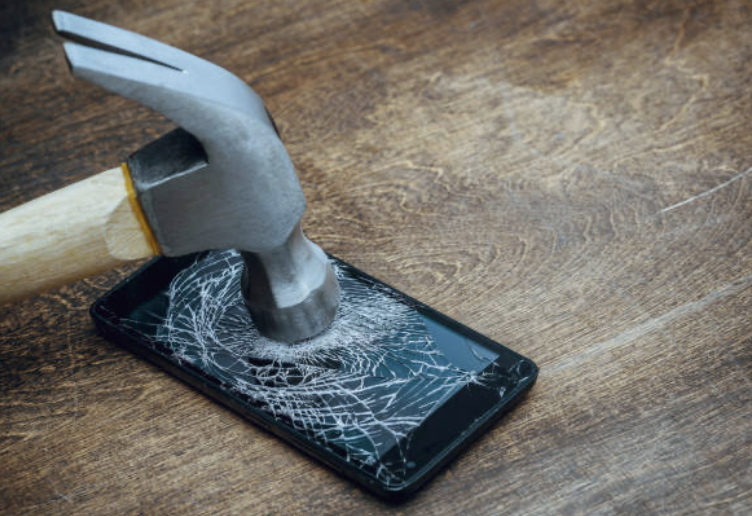
If you’re here, you’re probably tired of your brain sneaking off to TikTok or the fridge without your permission.
Good news—you don’t need to fight harder. You just need to outsmart the habit loop.
Habits live deep in the brain’s reward system. Every scroll, snack, or sip gives a quick hit of dopamine. Over time, that loop runs on autopilot.
The result? Your fingers open apps before you even decide to. (Creepy, right?)
Willpower is like a battery—it drains fast. That’s why “I’ll just stop doing that” rarely works beyond day three.
You need a replacement system, not just resistance.
At Time Bandit, we make breaking habits practical. You don’t need to overhaul your life—just the feedback loop.
AI can see patterns humans miss. Over time, it learns your triggers—the times, moods, and micro-decisions that lead to relapse. Instead of shouting “Stop that,” it whispers, “Try this.”
You become aware before the loop takes over.
That’s not willpower. That’s smart power.
Q: Can AI really help me break an addiction?
Yes. AI habit tools like Time Bandit use pattern recognition to help you identify triggers and replace behaviors—without relying on pure willpower.
Q: What’s the difference between habit tracking and coaching?
Tracking builds awareness. Coaching provides guidance. Time Bandit combines both in one system.
Q: How long does it take to break a habit?
On average, 21–66 days. But when you use a guided tracker with clear values and replacement habits, progress comes faster—and sticks.
Q: Is the Time Bandit Habit Tracker free?
No, but it is less than $3 a monht or you can get free access for 1 year by signing up for the training bundle. The app includes free tools and AI prompts, with premium training available for deeper habit work.
You can’t outmuscle a bad habit.
But you can outthink it—with values, structure, and a small dose of AI on your side.
Your time is too valuable to waste on autopilot.
Take it back—one smart habit at a time.
Copyright © 2025. All rights reserved. | Privacy Policy | Terms of Service